What is bi-wiring and bi-amping? Bi-wiring is one means of connecting a loudspeaker to an audio amplifier. Typically, a single cable runs from the output of the amplifier to the terminals of the speaker cabinet (this connection is called monowiring, but still worthy of attention). In the case of bi-wiring, however, each speaker has two pairs of connectors and two cables are run from the output of the amplifier to the speaker cabinet. One corresponds to high frequencies, one to low frequencies (via two separate crossovers).
Bi-wiring versus monowiring
Bi-wiring is a connection with a double cable Speaker between the amplifier and the loudspeakers. With a single bipolar cable all audio frequencies pass through it and the speaker's crossover cuts and sends it to the speakers. Many loudspeakers are built with a crossover that allows them to accept low frequencies (Low) and high frequencies (High) separately. In this cable the speaker will have four terminals instead of two (LOW+/LOW- and HIGH+/HIGH-).
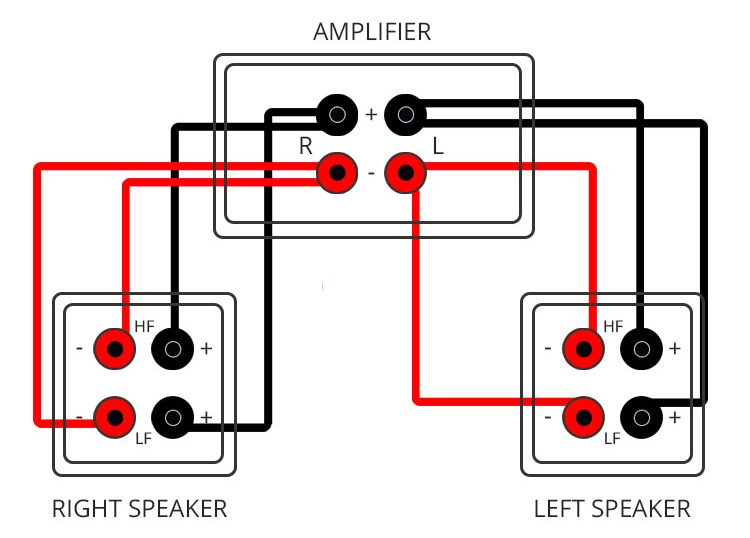
In the case of a speaker with dual connections that is connected with single cable, there will be a jumper made with a metal reed that joins the LOW+ with the HIGH+ and the LOW- with the HIGH-. So to use bi-wiring you have to remove that jumper, so that two independent inputs are created. One goes to the woofer (LF: Low Frequency) and the other to the midrange + tweeter (HF: High Frequency). If, on the other hand, you use the classic single-cable connection, the jumper, should be left so that the signal goes to both terminals.
One of the advantages of using a double cable is that it should reduce magnetic interference. Another is that it gives a larger overall cross-sectional area than a single cable would have, and also that the current drain from the woofer does not affect the smaller signal going to the treble. However, a technical analysis suggests that while a bi-wire solution may offer differences, these are so subtle that they are not tangible.
However, some audiophiles have found a significant difference in reduced treble harshness and improved bass control. However, detractors of bi-wiring claim that, electronically, nothing changes. With a play on words, they refer to the practice as " buy-wiring ", claiming it is all just a marketing ploy to sell more speaker cables.
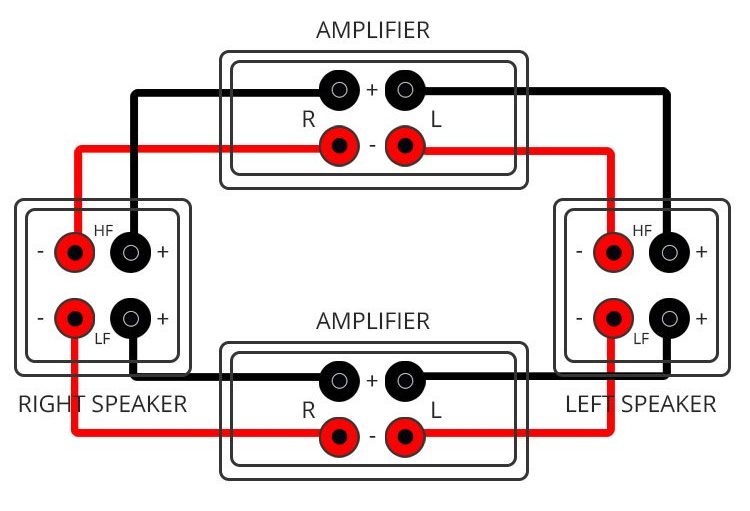
Bi-wiring versus bi-amping
Ricable has always maintained that bi-amping is certainly effective, but when it comes to bi-wiring some extra caution is needed, as it all depends on the design of the amplifier. If the amplifier has been developed and optimised for bi-wiring, it makes sense to use it, otherwise it is better to save space and money on double speaker cables and rather buy only one, but of higher quality.
What is the difference between bi-wiring and bi-amping? The main difference, as you can guess, is that bi-amping is done with two amplifiers, which gives a whole different meaning to this type of connection. Just for reference, bi-amping can be either vertical or horizontal. The former involves using two identical amplifiers and using one to amplify each speaker individually; the latter involves using one amplifier for low frequencies and another (same or different) for high frequencies.
This is the best, but also the most expensive solution for very high level systems. Bi-amplification is based on the concept that each amplifier acts on a specific range of frequencies to directly drive the loudspeaker that reproduces that specific range. In this way, intermodulation and other undesirable effects are avoided as much as possible; for example, the amplifier that handles the higher frequencies does not have to work with the lower ones, with benefits for the power supply and performance.
Bi-wiring cables. Are they needed?
There are cables Speaker on the market that are specially designed for bi-wiring, i.e. with two connectors on the amplifier side and four connectors on the loudspeaker side. According to the philosophy of Ricable, after some technical tests, this type of cable has no effect compared to using a standard cable with the addition of good jumpers (don't leave the manufacturers' metal plates behind). Technically, there is no reason to prefer them to a monowiring arrangement with a cable connected to the other pair of terminals via jumpers of the same conductor. Except for the negligible fact that the jumpers increase the length of the cable by about ten centimetres.
Either way, the cable itself is not an active crossover and has no means of separating the high frequencies from the low frequencies, so the only effect of bi-wiring is a complication in itself in the connection from amplifier to speakers, often with a deterioration in the quality of signal transmission.
In conclusion, we always recommend simplifying and, if you only have one amplifier with bi-wireable loudspeakers, to buy a standard cable with matching jumpers. You'll spend less and get an identical, if not better, result.

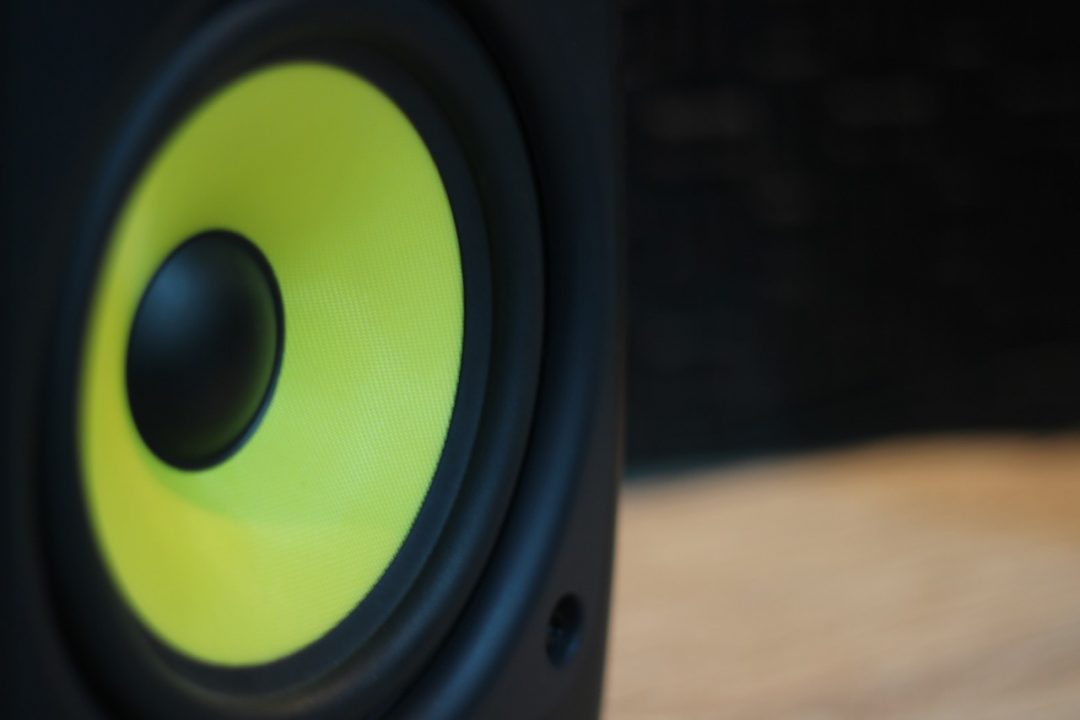

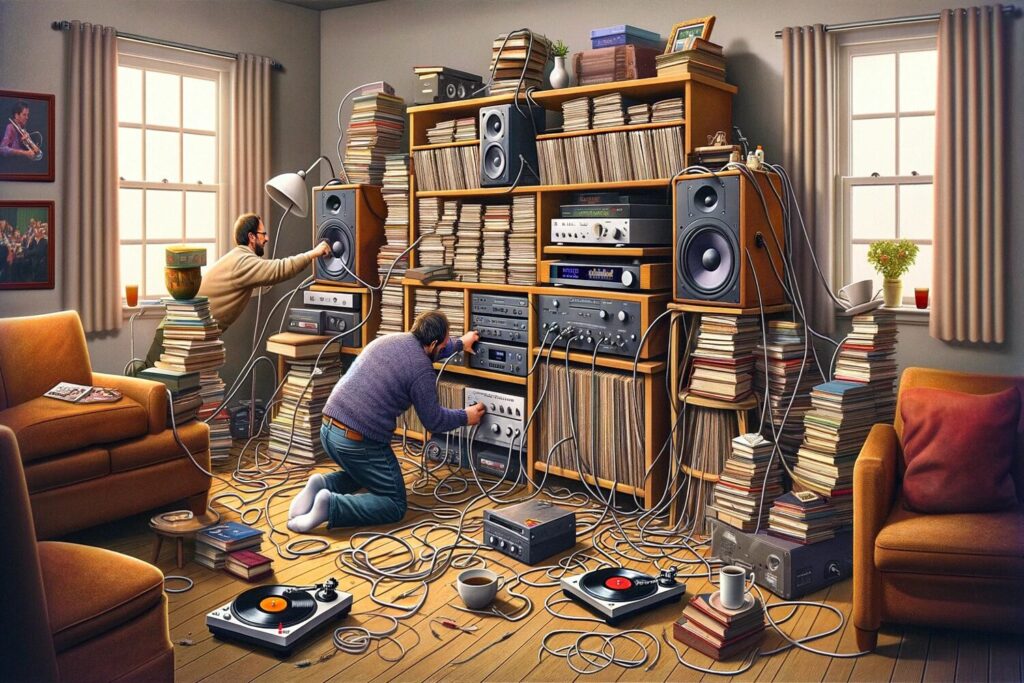

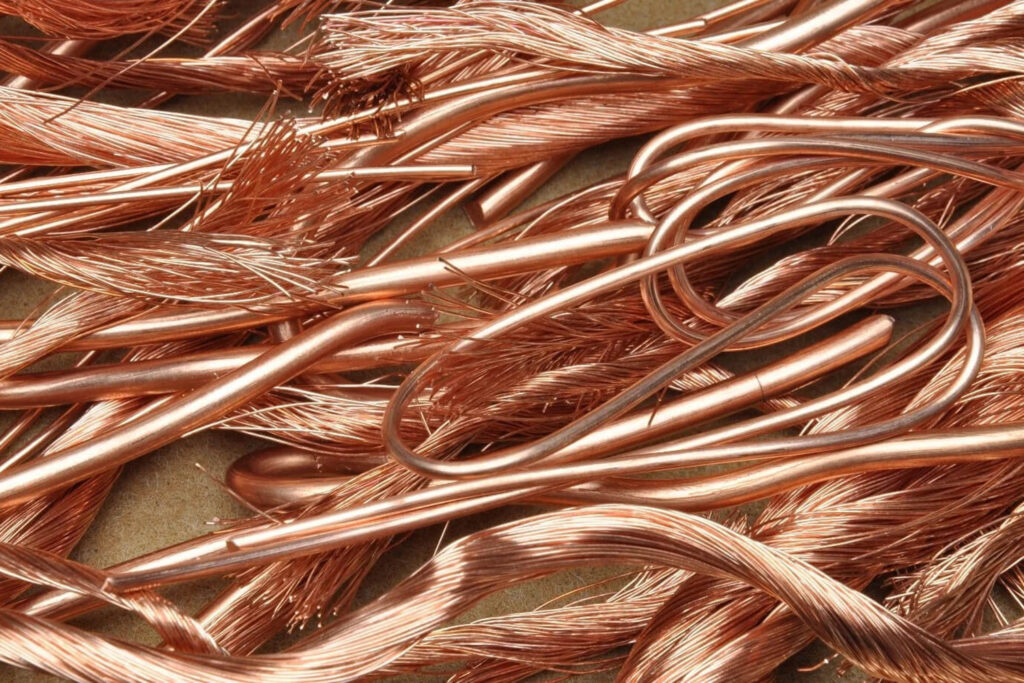

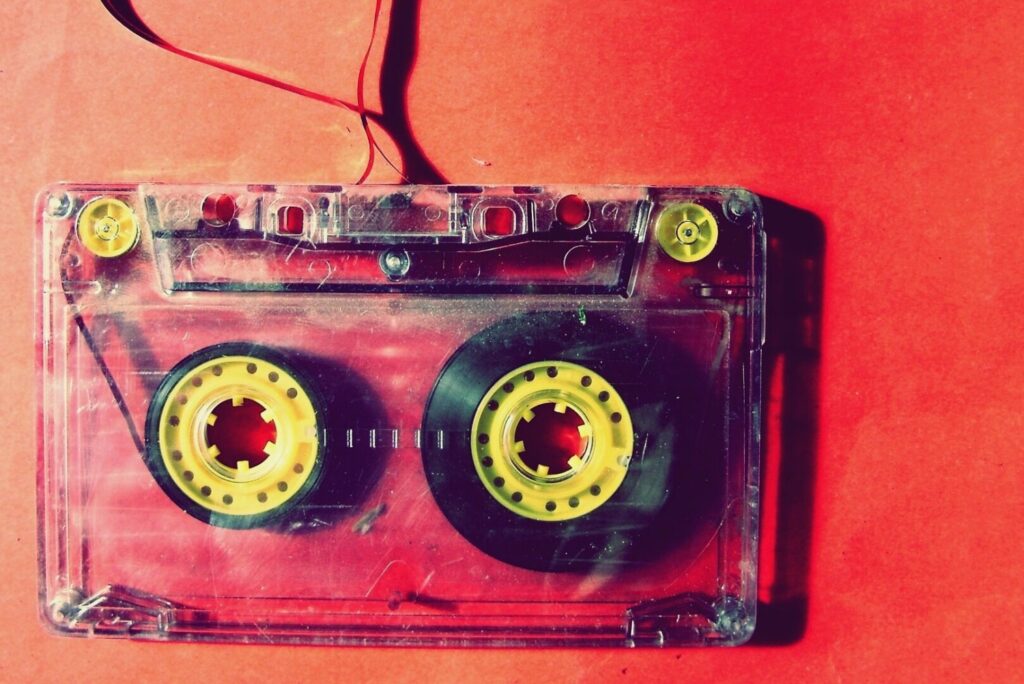
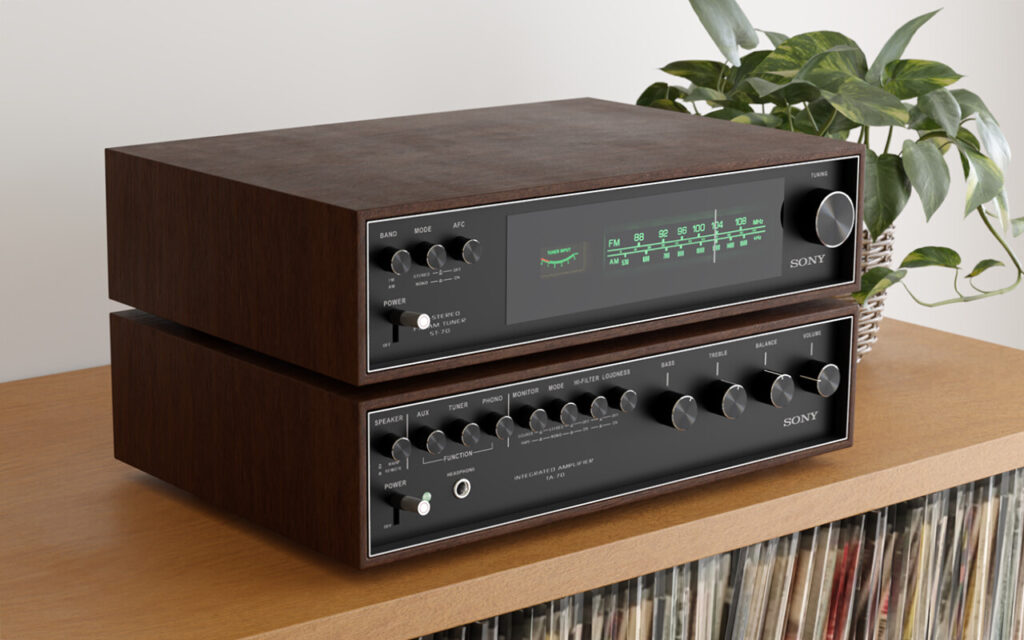

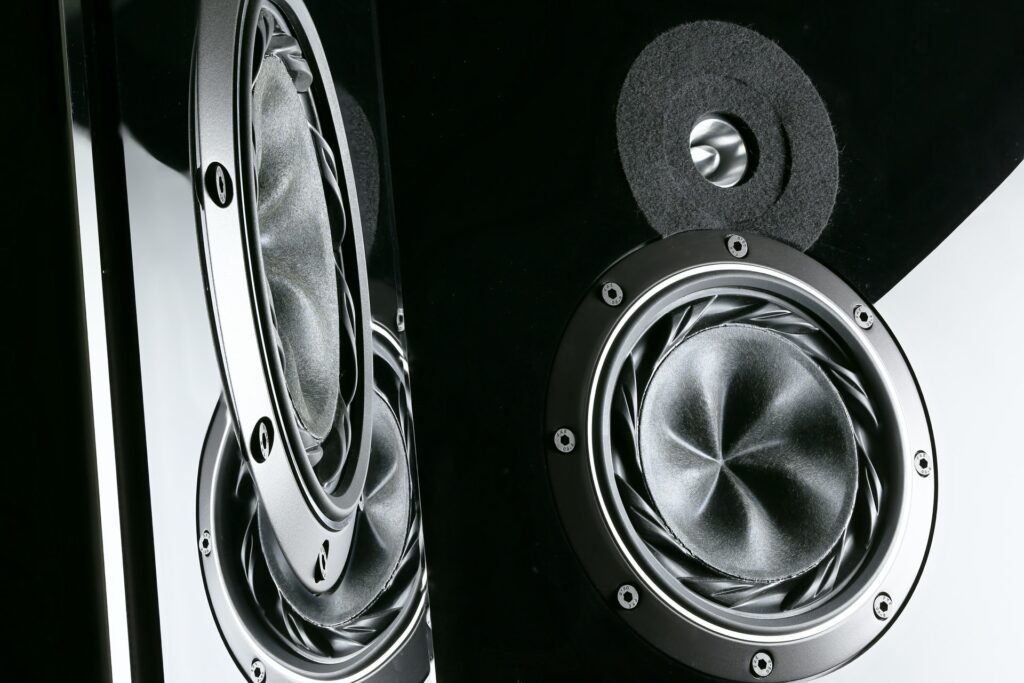


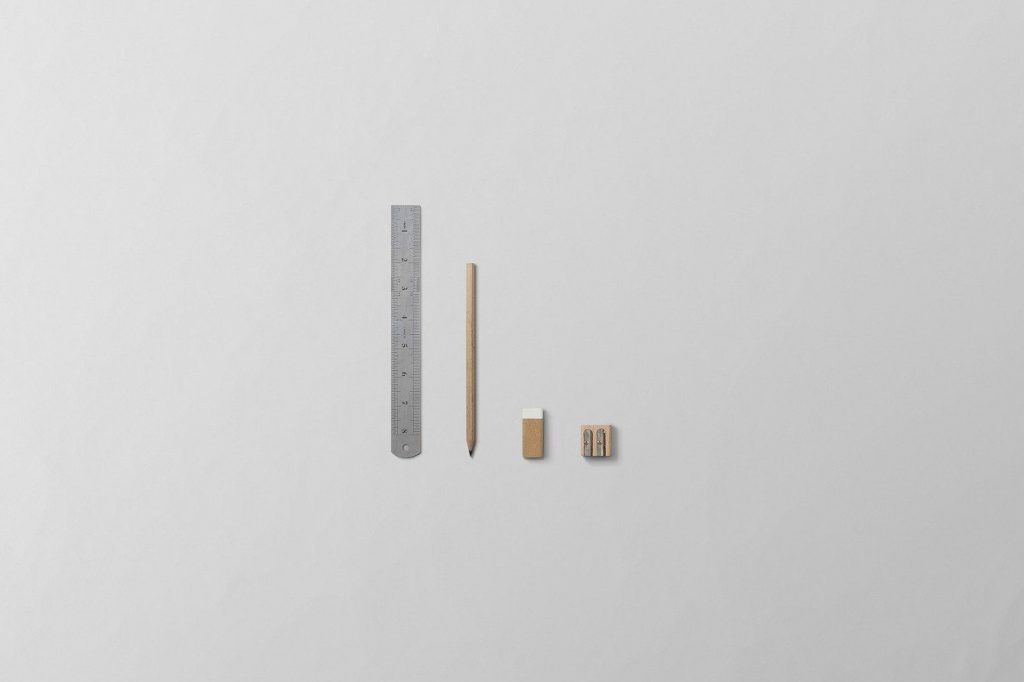
Como en cualquier tema, siempre habra detractores y quien comulge al respecto de opiniones ya sean de expertos o bien de amateurs, en mi caso soy de los que siempre prueba antes dejarse llevar por cualquier opinion, cuan mala o buena sea esta. Gracias a Dios tengo dos sistemas en los cuales los altavoces se pueden bicablear y en ambos casos los resultados de utilizar dos tiras de cable, son abismales a usar solo una tira, en que me baso?, quizas en el hecho de ser Celestion y Genesis Technologies las marcas de los mismos, ademas de ser Vandenhul, Kimber Kable y Audio Note sus respectivas marcas, la electronica? Adcom, Nakamichi, Jeff Rowland de amplificacion y preamplificacion, acondicionadores de linea Panamax, Adcom y Tice Audio, contactos de la marca PS Audio, elctronica digital Adcom, Genesis Tecnologies y Theta Digital, fuente analogica Linn y Nakamichi, ademas de sintonizadores Onkyo y Citation de Harman Kardon, en fin, cada quien habla como sus oidos les permiten percibir, o bien como sepan afinar o dar calistecnia a sus equipos. Saludos.
Gracias por compartir su experiencia con nosotros.
Llevas razón lo que cambia es la forma de conexión porque elimina todo tipo de distorsión porque alimenta por separado los altavoces haciendo que el sonido sea más rico en la zona alta y más compacto en las bajas frecuencias, eso solo se consigue con buenos cables y un buen amplificador como en mi caso un Electrocompaniet ECI -2
Good morning I have two Sonus Faber in Biwiring I would like to connect a cable Speaker between the amplifier and the Twiter housing of the speaker without jumpers can it be done?
Hello Giuseppe, if your speakers are bi-wired there are two possible ways:
1. Make a Bi-Wiring/Bi-Amping connection and consequently use a pair of cables for each speaker.
2. Use jumpers
If you don't use jumpers, connecting a single cable on the treble (Tweeter) only will not hear the bass, so it is not feasible.
Tengo un amplificador Sony con salidas independientes para High Y Low para L y R, y quiero conectarlo a un parlante don una sola entrada L y R, como debería realizar la conexión o que debo tener en cuenta? Gracias.
Buenos días Patricio, sin conocer el modelo específico de amplificador es difícil poder ayudarte. Lo mejor que puede hacer es leer el manual de instrucciones, definitivamente dice cómo hacer la conexión de la mejor manera posible. Seguimos disponibles si tienes otras dudas. ¡Buen día!